Weapons of Math Destruction
Is the threat of AGI as serious as that of a nuclear war?

As AI becomes more prominent in our lives, the promise of Artificial General Intelligence (AGI) becomes closer and closer to reality. And as argued before, in "The real singularity threat" blog post.
nuclear power and AI are not that different. They are both tools that can influence entire populations for generations. So, it’s up to us to continuously regulate their use for good.
Although that blog post was on the intangible effects of AI, this blog will discuss the very tangible end of the AI spectrum that will accompany AGI. So, will the negative side of the technology overshadow its benefits like nuclear power today, or will we learn from the mistakes of the past and achieve an AGI utopia.
To achieve an AGI utopia we must first understand why we did not achieve a nuclear utopia. A society where energy is clean, cheap, and virtually unlimited.
1) The environment the technology was developed in
2) The physical/technical barriers
3) The societal perception
History of Nuclear Power
The historical context of any technological development is very important, especially that of nuclear power. We can trace the history of this development to one moment back in history. In, 1933 Leo Szilard read the work of Rutherford and discovered that nuclear fission can be theoretically achieved through a process that he patented the year after. This gives us a key insight, which is that Szilard wanted to commercialize the innovation. Why else would he patent it?
Four years later in 1938, Nuclear Fission was achieved in a lab.
In, 1939 a major historical event was starting. World War Two. Szilard, as a Jewish scientist knew how this technology could be weaponized by the fascist regime. Which is why - with the help of Einstein - he drafted a letter to Franklin D. Roosevelt to urge him to create nuclear weapons.
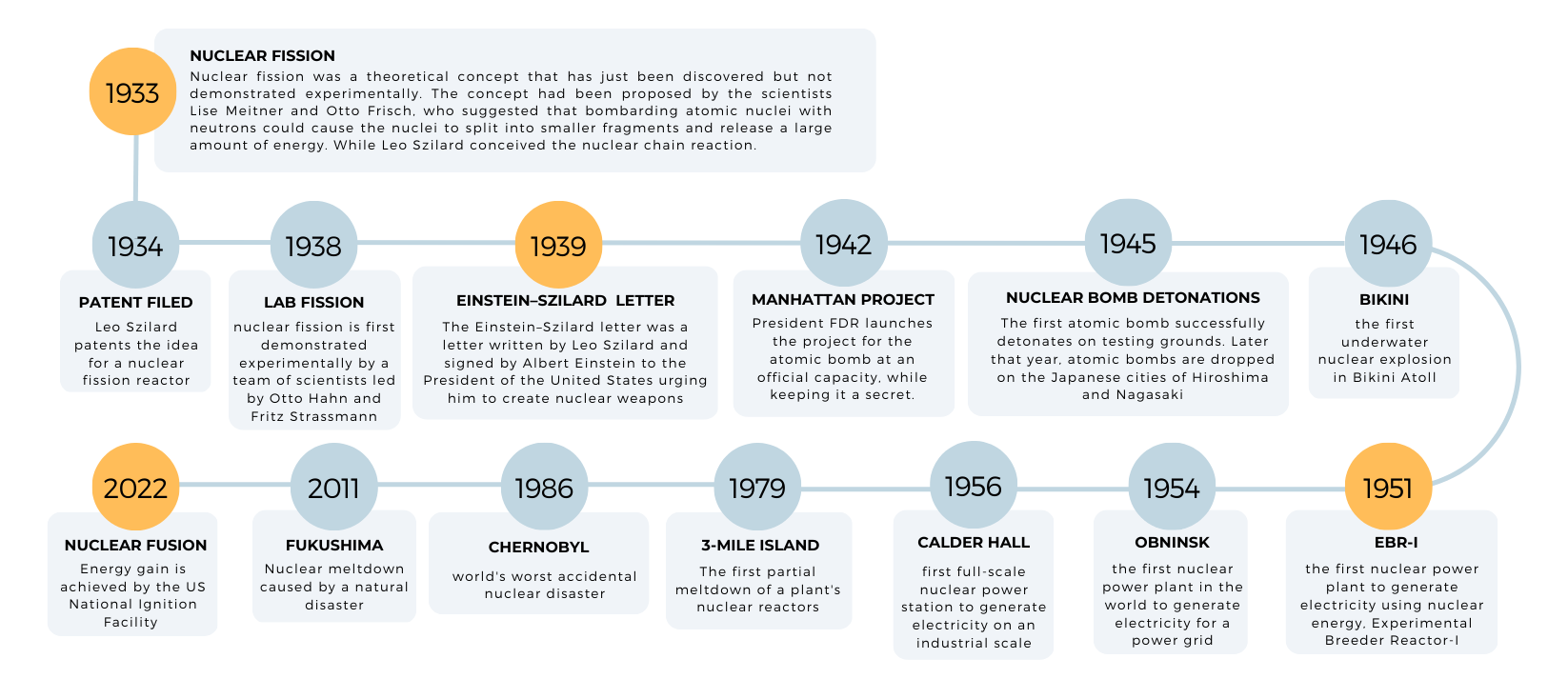
The Einstein-Szilard letter was the moment where nuclear power went from an invention for energy production to a weapon. And was the reason for the start of America's secret development of the atomic bomb. The project was so secret that FDR did not even inform his fourth-term vice president, Truman, that it existed.
In view of this situation you may think it desirable to have some permanent contact maintained between the Administration and the group of physicists working on chain reactions in America. One possible way of achieving this might be for you to entrust with this task a person who has your confidence and who could perhaps serve in an inofficial capacity. His task might comprise the following:
a) to approach Government Departments, keep them informed of the further development, and put forward recommendations for Government action, giving particular attention to the problem of securing a supply of uranium ore for the U.S.
b) to speed up the experimental work, which is at present being carried on within the limits of the budgets of University laboratories, by providing funds, if such funds be required, through his contacts with private persons who are willing to make contributions for this cause, and perhaps also by obtaining the co-operation of industrial laboratories which have the necessary equipment.
In 1942, still being a secret, the atomic bomb project became a full-fledged effort led by the USA and supported by Canada and the UK. This was the official start of the Manhattan Project.
In 1945, with the death of FDR, Truman becomes president. He is then briefed on the Manhattan project. The same year, the Manhattan project comes to fruitition with the first successful detonation of an atomic bomb. With that, the U.S.A becomes the first nuclear power of the world.
With the defeat of Germans in sight, president Truman decides to use the nuclear heads developed in the Manhattan project, in what can only be described as a highly contreversial decision. As he knowingly bombed Japan with the full intelligence on how the Japanese army was already depleted of any moral and material resources.
The decision to bomb Hiroshima and Nagasaki was also controvential between his ranks with 59 of the leading scientists signing the following petition that was led by the same man that urged FDR to start the program, Leo Szilard.
We, the undersigned scientists, have been working in the field of atomic power. Until recently we have had to fear that the United States might be attacked by atomic bombs during this war and that her only defense might lie in a counterattack by the same means. Today, with the defeat of Germany, this danger is averted and we feel impelled to say what follows:
The war has to be brought speedily to a successful conclusion and attacks by atomic bombs may very well be an effective method of warfare. We feel, however, that such attacks on Japan could not be justified, at least not until the terms which will be imposed after the war on Japan were made public in detail and Japan were given an opportunity to surrender.
...
The development of atomic power will provide the nations with new means of destruction. The atomic bombs at our disposal represent only the first step in this direction, and there is almost no limit to the destructive power which will become available in the course of their future development. Thus a nation which sets the precedent of using these newly liberated forces of nature for purposes of destruction may have to bear the responsibility of opening the door to an era of devastation on an unimaginable scale.
While it's worth mentioning that Truman did give a fair warning for Japan's surrender in the Potsdam Declaration. Which was an ultimatum issued by the United States, Great Britain, and China on July 26, 1945, calling for the unconditional surrender of Japan. World War Two was already over.
On August 6, 1945 the first atomic bomb is dropped in Hiroshima. Two days later, the second atomic bomb is dropped in Nagasaki. The devestation caused by these events cannot be understated. We may not comprehend the weight of nuclear disasters with our modern mind. However, my personal journey there for the 70th memorial of the catastrophe, with representitves from 90+ countries was one of the key moments of my life that changed my entire world view - in the spirit of harmony and unity 和
Even after that devestation, the U.S. continued developing their nuclear arsenal, detonating their first underwater atomic bomb a year later in 1946.
From here on the technological advancements on nuclear weapons just advanced in the context of the cold war that spanned 45 years from 1947 till 1991. Keeping their use for power generation on the back-burner for all these years.
Technical Barriers
Relative to AGI, the technologies needed to be developed to create the atomic bomb are easily recognisable. In the Einstein-Szilard letter 3 main issues were raised.
may become possible to set up a nuclear chain reaction in a large mass of uranium
There is some good ore in Canada and the former Czechoslovakia
such bombs might very well prove to be too heavy for transportation by air
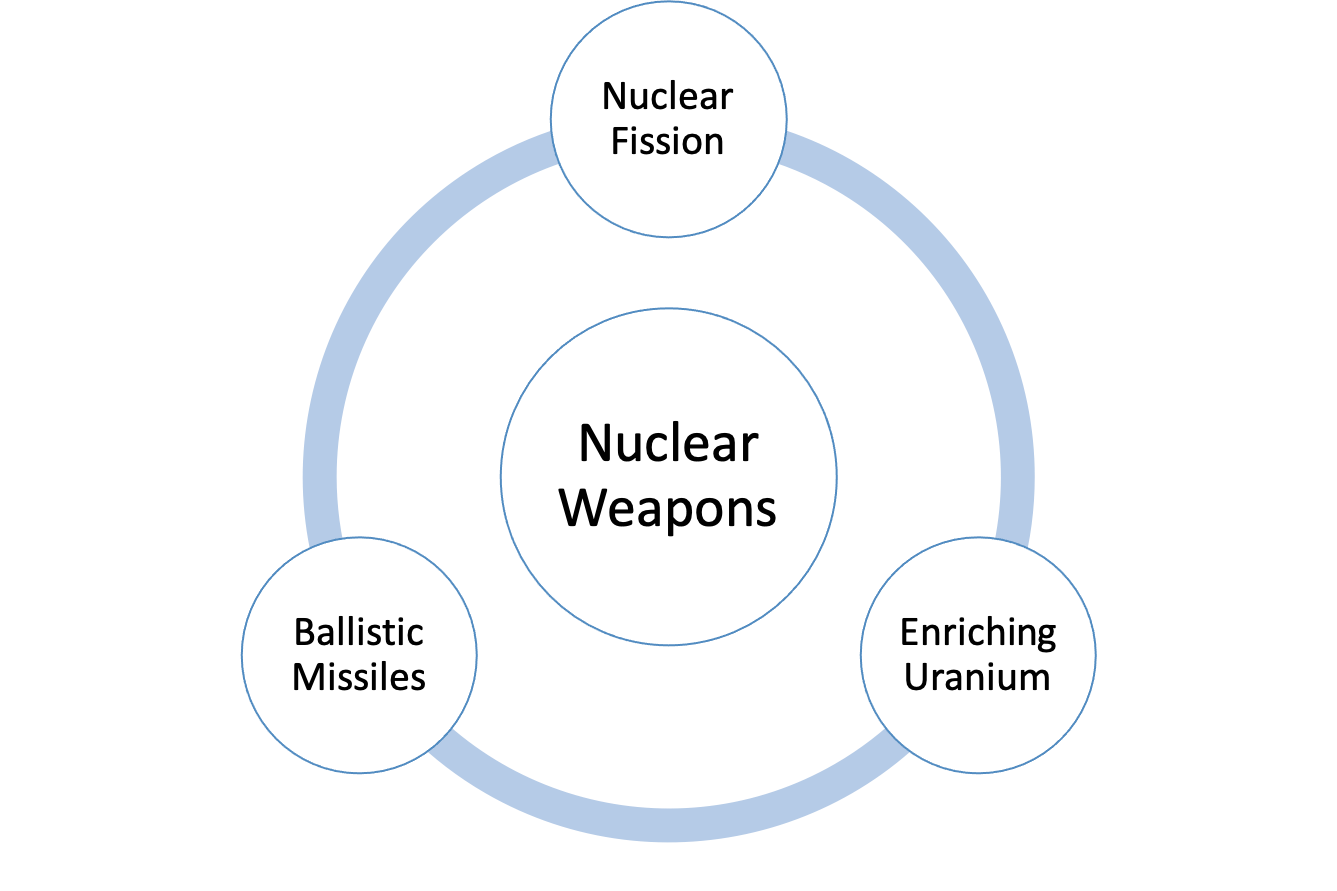
Not to underestimate the technological marvel that each one of those were. The Nuclear Trio were easily identifiable and are well defined problems. Thus, the U.S.A was able to gather the best of the respective fields to work on tackling each technological barrier and ultimately arriving at the atomic bomb.
Societal Perception
To me, the state of this technology was doomed since its practical inception in the context of war. This quote from Oppenheimer, the lead scientist of the Manhattan project describes how he felt when he saw the first successful detonation of the atomic bomb that he helped create.
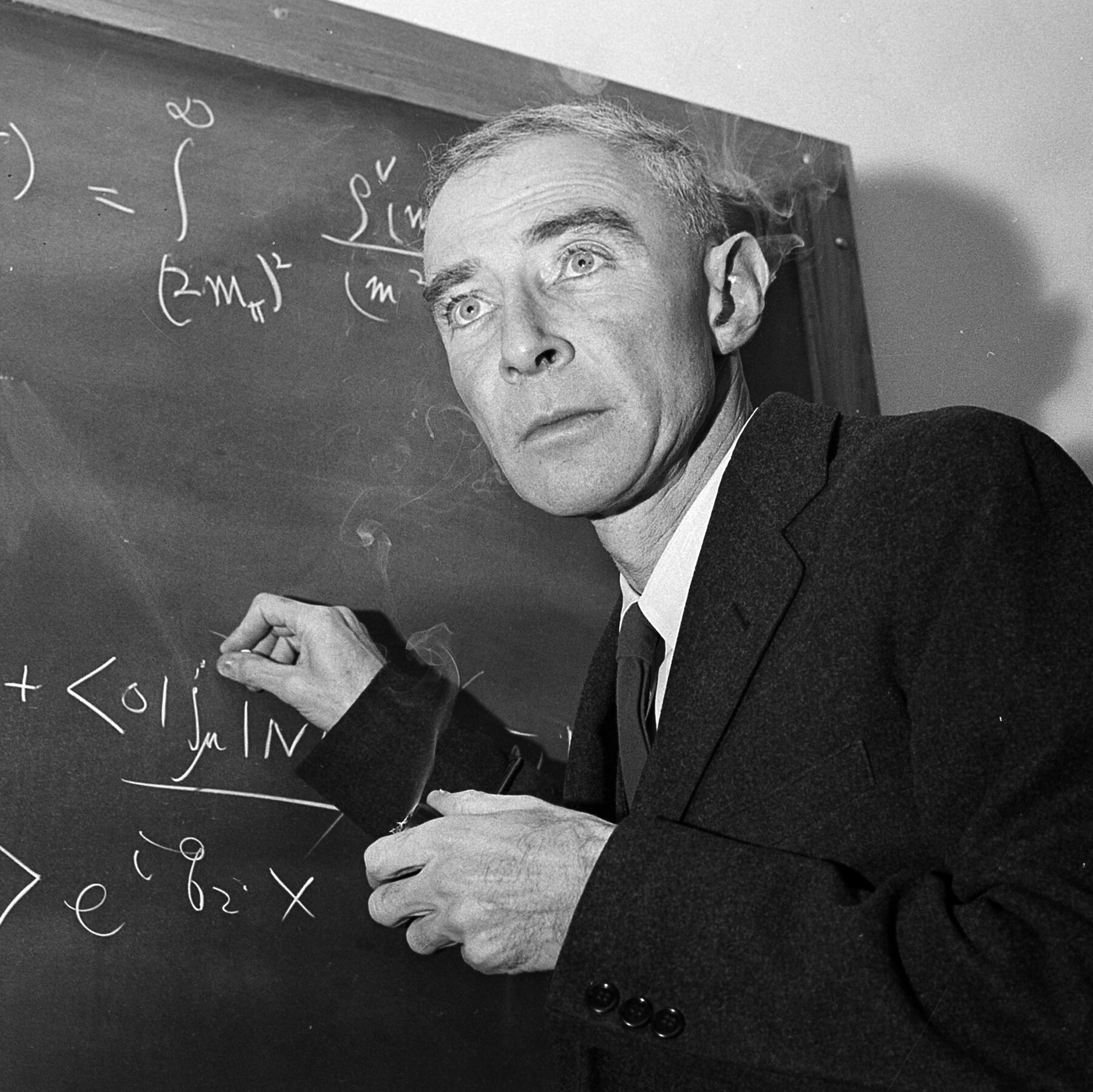
We knew the world would not be the same. A few people laughed, a few people cried, most people were silent. I remembered the line from the Hindu scripture, the Bhagavad-Gita. Vishnu is trying to persuade the Prince that he should do his duty and to impress him takes on his multi-armed form and says, “Now, I am become Death, the destroyer of worlds.” I suppose we all thought that one way or another.
This perception was shared by the entire world when the Little Boy and Fat Man were later dropped on Hiroshima and Nagasaki. And later when everyone was living in horror during the cold war.
In hindsight, it's easy to see how the pursuit of nuclear power was doomed to take a violent path. So, from what we've explored so far, can we try to project how AGI will arise.
History of AGI
Unlike nuclear power, the development of AGI cannot be traced back to one moment in history, or one major technological advancement. This is because of how technologically it's harder to achieve, and because AGI has not been achieved yet. However, looking at the history of AI can help guide us into the future.
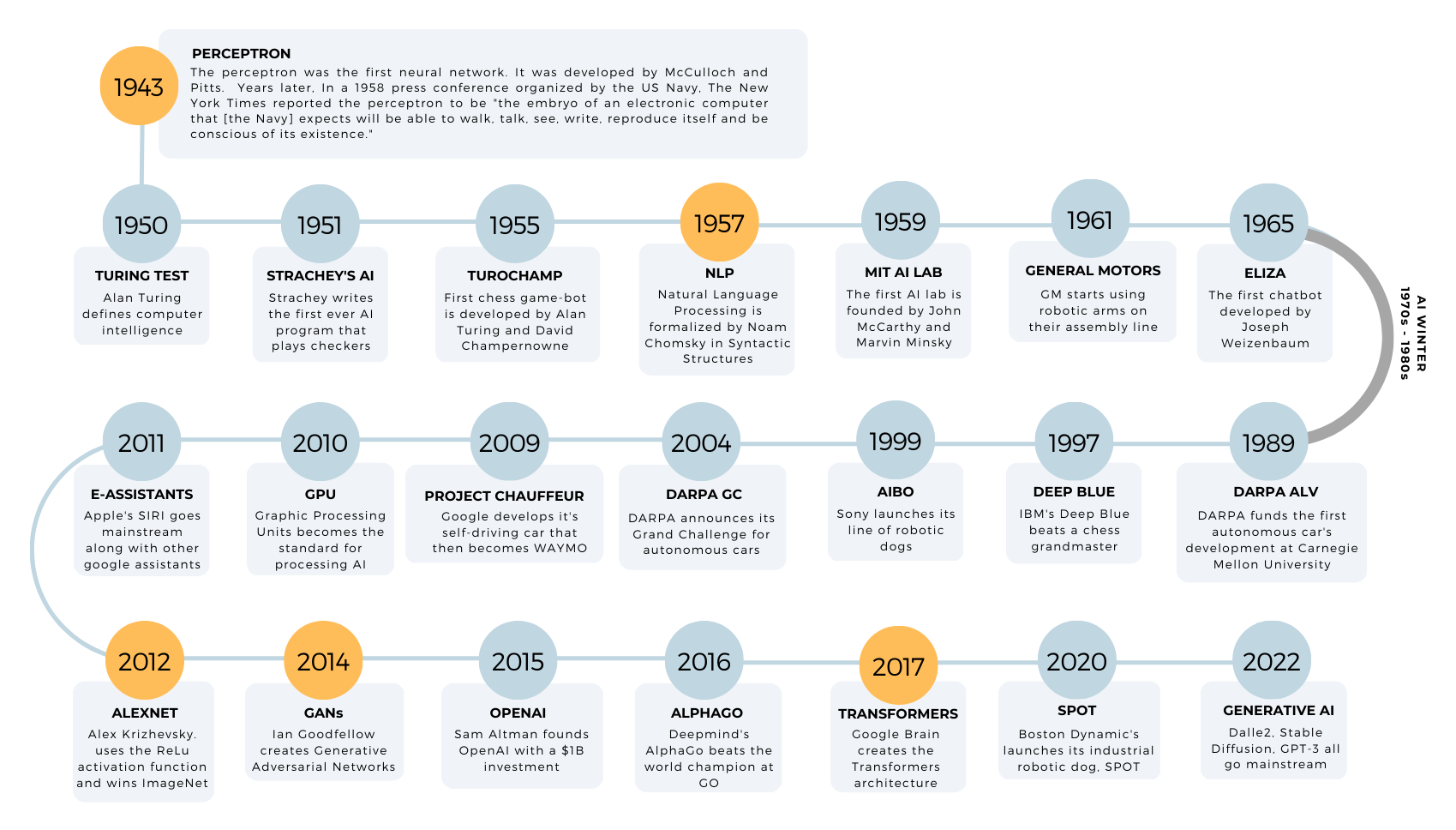
The history of AI is not as nuanced as that of nuclear power so I do not feel the need to elaborate on the diagram. I keyed the major technological/mathematical developments that allowed the explosion of AI exploration (keep Moore's law in mind as well).
What's worth noting is that Alan Turing's work was instrumental in winning World War Two. Alan Turing is considered to be a founding father of AI. Also, the ENIAC - the first turing complete computer - was developed the same year the first atomic bomb was created, 1945.
Technical Barriers
Here, the topic becomes really nuanced and convoluted. So, I'll try to simplify it by defining the key advancements needed to reach AGI (the ability of an intelligent agent to understand, learn, and act on any intellectual task that human beings or other animals can).
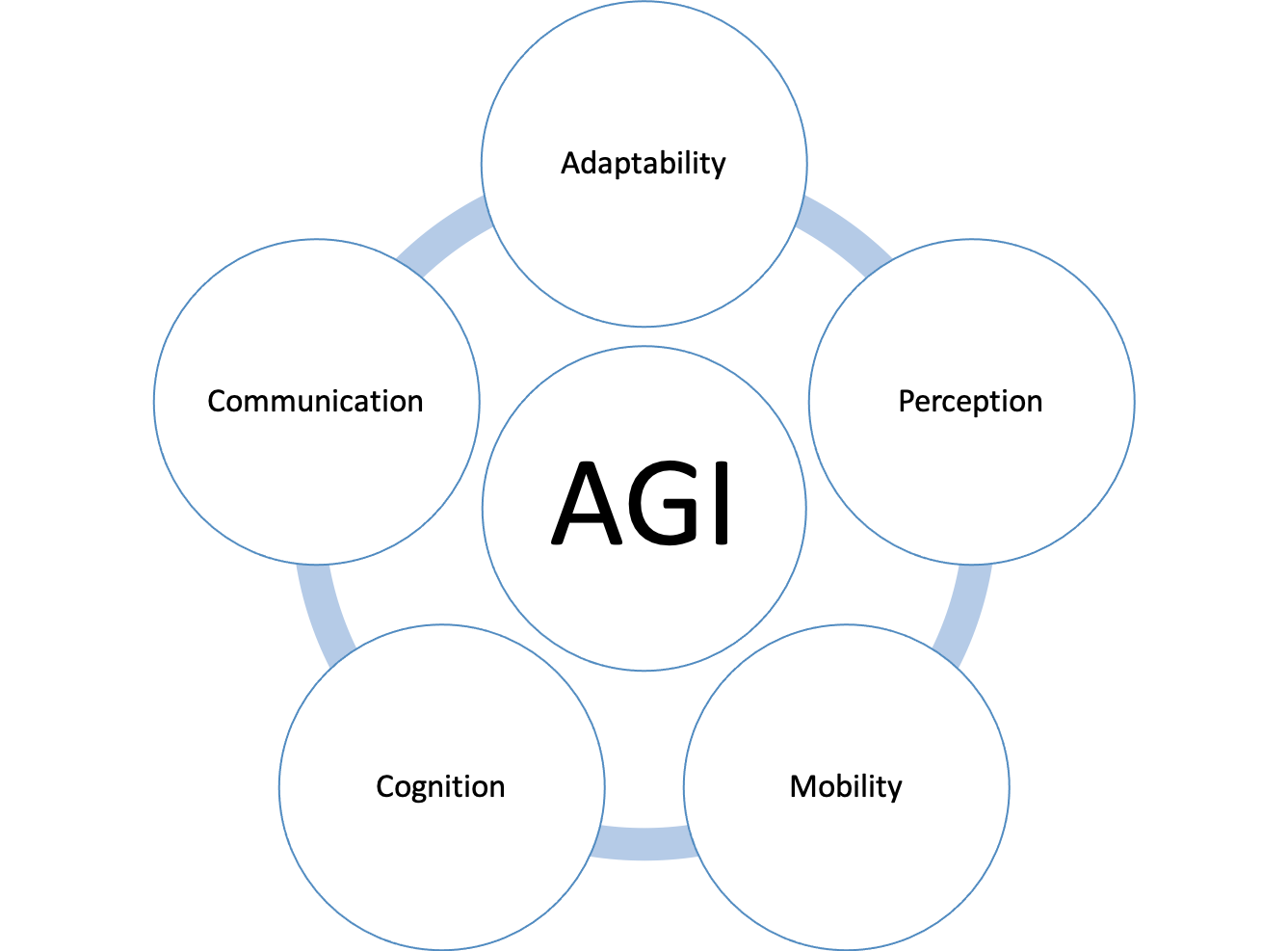
The Artificial Quintet is my way of trying to understand AGI. To explain it best, I like to use the following analogy.
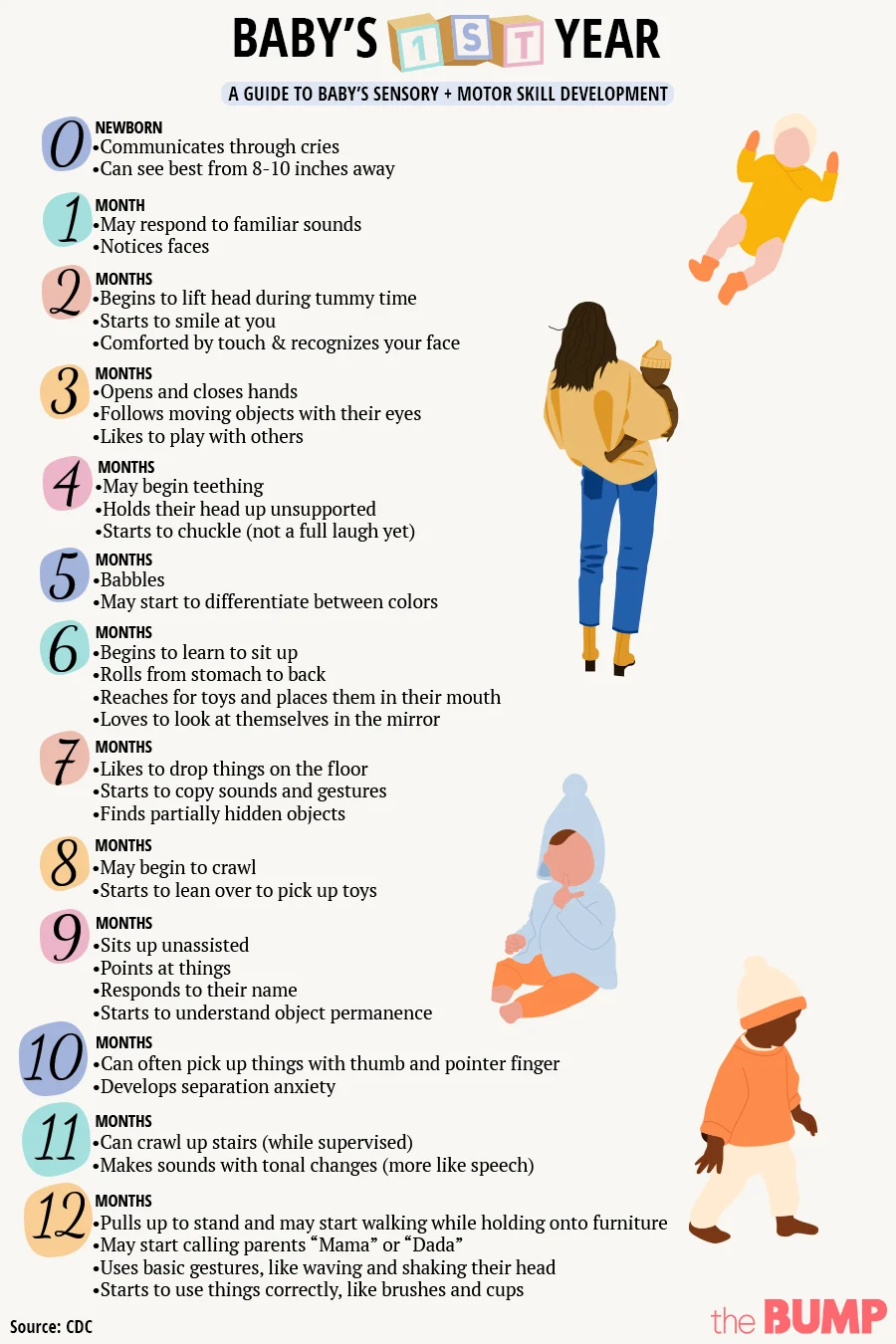
So what's adaptability in this context. It's the ability to give feedback based on a certain stimuli, i.e., the cries. This same adaptability framework is what will drive the mobility, however that takes time. Perception slowly starts after adaptability where the baby "responds to familiar sounds". Here perception covers all inferences made by sensory inputs.
As time passes, the child starts tp sit up and start their journey of mobility. At 6 months, cognition could be argued through the idea of self-recognition "loves to look at themselves in the mirror". After more months of training their perception, and mobility through adaptability. At the 12th month the infant starts to walk.
So how does that translate to robots? This video answers it.
Soceital Perception
Currently, Generative AI is all the rage with the release of Stable Diffusion, chatGPT, and the like. Although they are major milestones in AI, they do not directly translate into AGI advancements. Why is that relevant to our blog?
The soceital perception of AI and AGI are very interwined. So to try to investigate AGI in a more formal way, I will define an AGI company as one that is making significant strides in any 2 of the 5 key advancements
Boston Dynamics | Adaptibility and Mobility
most control theory was developed with DARPA's ALV in 1989
It's easy to assume that the army has the leading edge on this tech. <elaborate>
Tesla | Adaptability and Perception
The private sector has the leading edge <elaborate>
OpenAI | Cognition and Communication
The private sector has the leading edge <elaborate>
which of the Artificial Quintet are you trying to help achieve?


